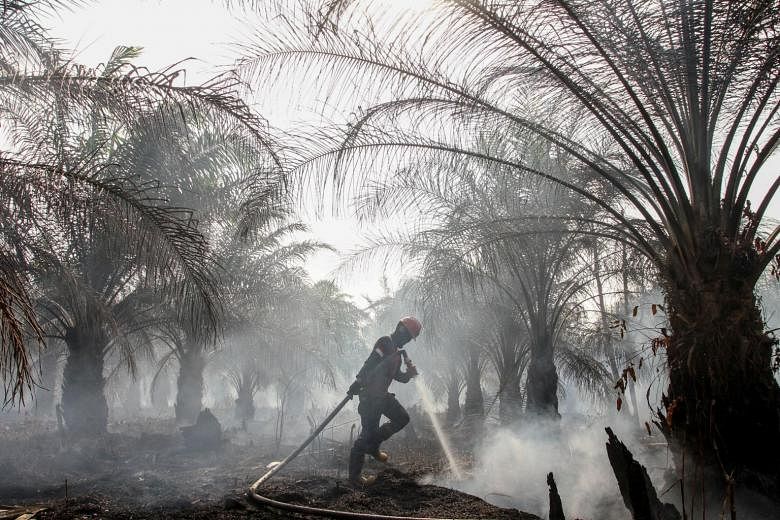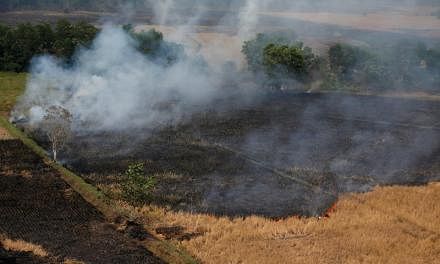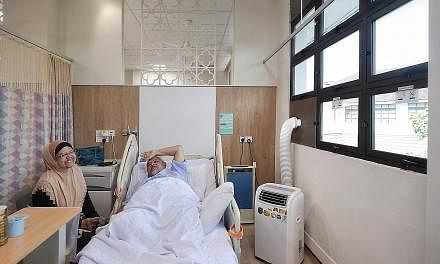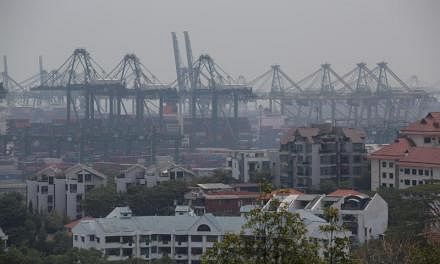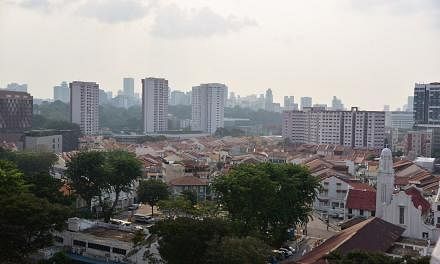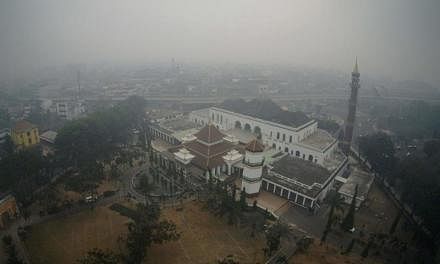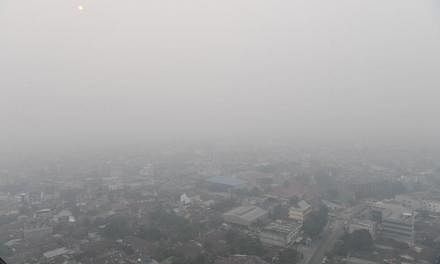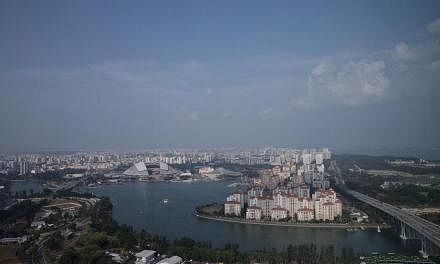In response to the report by Koalisi Anti Mafia Hutan, Asia Pulp & Paper (APP) and April cast doubt on the methodology used by the coalition to analyse fire alerts, adding that from their experience many fire alerts proved to be false.
"Multiple hot spots in one location can also raise the number of hot spots. Using gross numbers to reach a conclusion is at best an approximation but is certainly not good science," said Mr Bernard Tan, country president Singapore of Sinar Mas, APP's parent firm.
He said that as at end-September, the last date official figures were published, APP has had less than 1 per cent of its concession areas affected by fire.
"Singling out industrial plantation companies as being responsible for fires is a selective reading of the situation and ignores the very real complexities of fires in Indonesia," Mr Tan said in a reply to The Straits Times.
April said that apart from a small number of fire incidents that it had reported, "we do not have evidence otherwise of systemic fire damage inside April's concession areas".
"Based on years of hot spot monitoring and ground verification, we know that there is a poor correlation between hot spots and fires. In April's concessions, 92 per cent of hot spots are not fires, and some fires do not register as hot spots at all."
The company said the fires in PT Sumatera Riang Lestari were the result of an ongoing land dispute with local communities trying to expand oil palm plantations.
Mr Syahrul Fitra, communications director for Indonesian NGO Auriga, one of the coalition members that wrote the report, said: "We acknowledge in the report that a small number of hot spots could be false positives (Nasa estimates around 7 per cent)."
He questioned APP's comments.
"APP's own fire data between Oct 8 and Nov 5 published on its website indicates 79 per cent of hot spots were confirmed as fires, 10 per cent were verified as not fires, and 11 per cent had yet to be verified. This suggests a significantly higher rate of actual fires to hot spots than either company acknowledges in their responses to the report, and it aligns pretty closely to the false-positive rate that Nasa indicates for the dataset," he added.
Mr Syahrul also said April's claim that there is a poor correlation between hot spots and fires was not supported by science.
"In the case of Sumatera Riang Lestari, 97 per cent of the 2,075 hot spots were medium to high confidence, which have an even lower rate of false positives.
"Also, we expect that many fires on peatlands are not detected by the hot spot sensors. Peatland fires are often smouldering and may not even produce visible flames as they burn below the earth's surface," Mr Syahrul added.
